Clint Eastwood has starred in some of the most iconic scenes to ever grace cinema. He’s played tough, no-nonsense characters that could break down their opponents with a glint as much as a gun. But when the guns do come out, Eastwood’s characters are always carrying in style.
After all, who could forget some of these iconic weapons the actor used? Here are the Top Five guns that Eastwood used his films.
5. Clint Eastwood Wields an Auto Mag in ‘Sudden Impact’
Okay, so it’s not the “Dirty Harry” film or gun you were expecting. But 1983’s sequel “Sudden Impact” continued the adventures of the gruff Insp. Callahan and his fight against crime. The film gave Eastwood’s character a new weapon that’s iconic in its own right.
During the film, Eastwood wields an AMP Auto Mag Model 180. The weapon is sleek and powerful, the perfect deadly combo for someone like Dirty Harry. The serial numbers on the movie’s guns were “Clint1” and “Clint2,” referencing the actor.
4. The Actor Terrifies with a M1 Garand in ‘Gran Torino’
Guns don’t play a huge role in Eastwood’s 2008 film. You won’t see climatic gunfights or tense duels like you might in some of Eastwood’s other films. But when the film does showcase its weaponry, it instantly stands out. Eastwood plays a military veteran in this character study.
Eastwood uses an M1 Garand in the film that he kept from the Korean War. The weapon is formidable for its age. During a tense scene, Eastwood uses the rifle to scare gang members off of his property.
3. Clint Eastwood Rains Bullets in ‘The Outlaw Josey Wells’
Eastwood played an older and angrier soldier turned outlaw in this 1976 revisionist Western. This was one of Eastwood’s first attempts at deconstructing the genre. Eastwood plays outlaw on the run from both bounty hunters and Union soldiers. Josey Wells is going to need some firepower if he’s going to survive.
While the twin pair of Colt Walker 1847s certainly captures the eye, there’s nothing quite like seeing Eastwood on a Colt 1872 Gatling Gun. The gunslinger takes the fight to his pursuers in this climatic scene.
2. Eastwood Standoff in ‘The Good, Bad, and The Ugly’
While we may never know what Clint Eastwood’s character’s name was, we know what weapon he used. Eastwood made a name for himself starring in Spaghetti westerns. He was the rugged antihero compared to John Wayne’s white knight. And the jewel in Eastwood’s western catalogue will always be “The Good, Bad, and The Ugly.”
Most cowboys and outlaws wished they could have a pair of revolvers as cool as Eastwood’s Colt 1851 Navys. Everything about the weapons screamed cool, especially the silver snakes on the grips. The weapons play a significant role in the film’s climatic three-person stand-off.
1. Iconic ‘Dirty Harry’ .44 Magnum
Go ahead and put down your pitchforks. Like the top entry could be anything other than the seminal Smith & Wesson Model 29, chambered in .44 Magnum. Eastwood wields the powerful weapon in “Dirty Harry,” asking a wounded punk if he was “feelin’ lucky.”
It’s a scene that guaranteed Eastwood a page in the pages of pop culture history if his body of work and westerns didn’t already. Harry touts the .44 Magnum as the most “powerful handgun in the world” during the scene. That’s not technically true. The .454 Casull round had eclipsed the Magnum’s power. But it’s probably little consolation to whatever’s on the business end of the gun. Because the Magnum packs a punch.
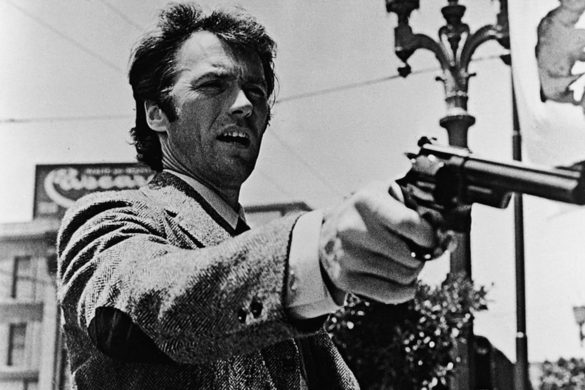

 Entertainment7 months ago
Entertainment7 months ago
 Entertainment7 months ago
Entertainment7 months ago
 Entertainment8 months ago
Entertainment8 months ago
 Entertainment9 months ago
Entertainment9 months ago
 Entertainment7 months ago
Entertainment7 months ago
 Entertainment8 months ago
Entertainment8 months ago
 Entertainment8 months ago
Entertainment8 months ago
 Entertainment7 months ago
Entertainment7 months ago
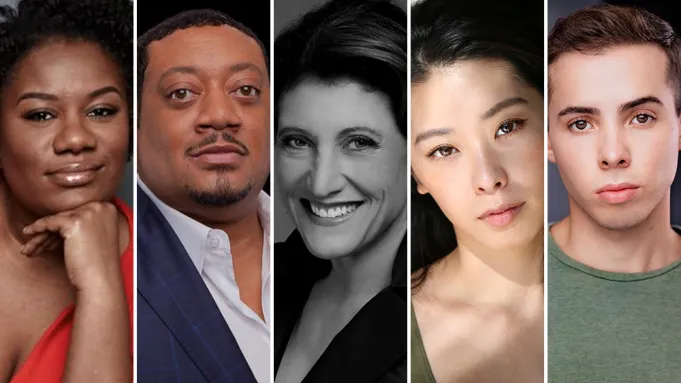
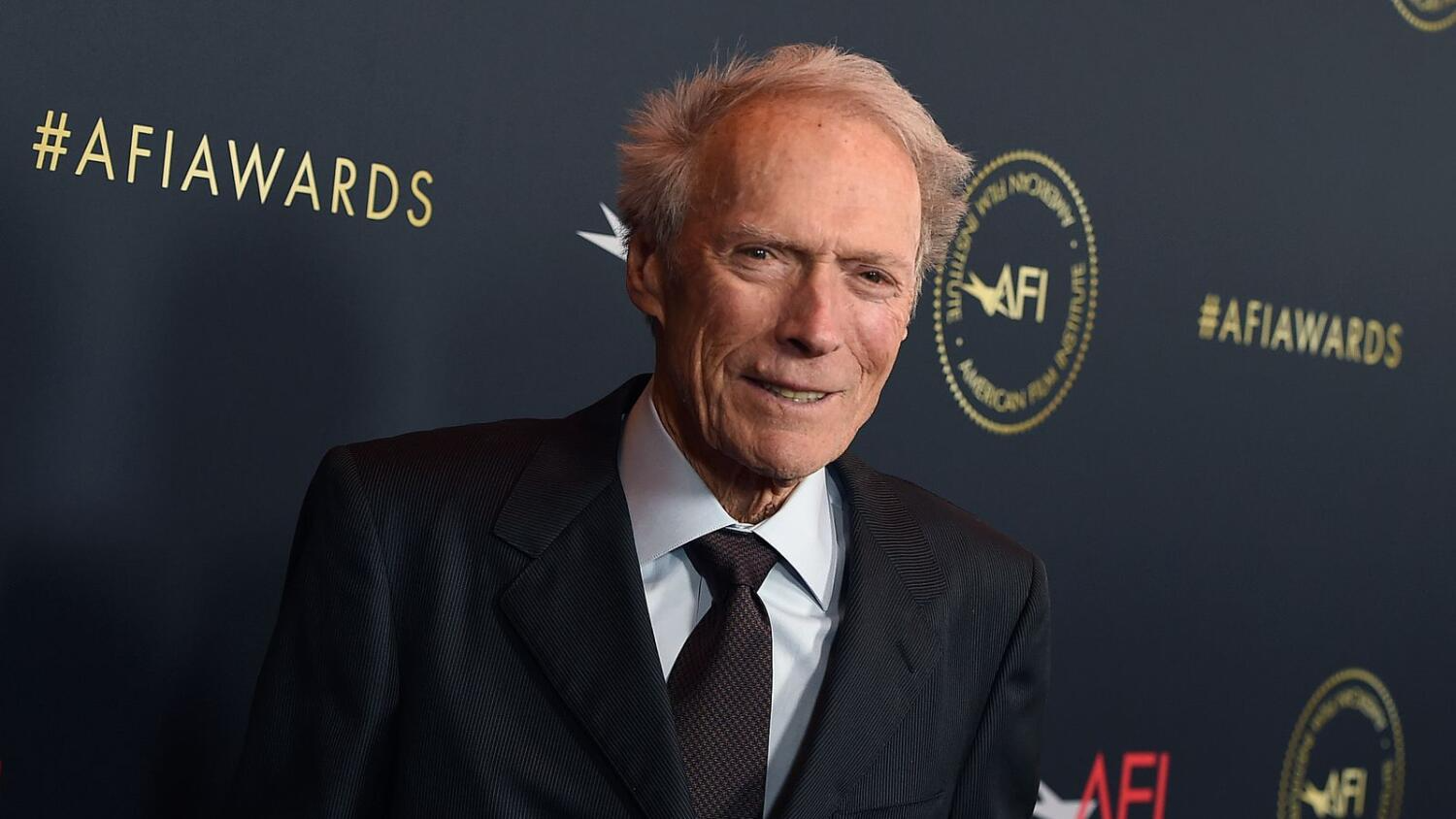
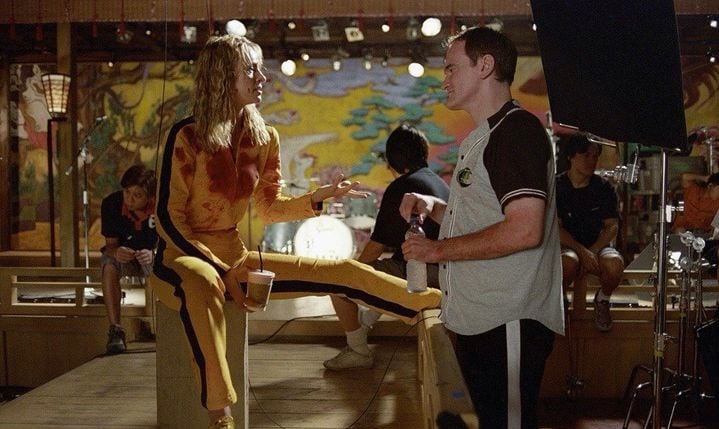
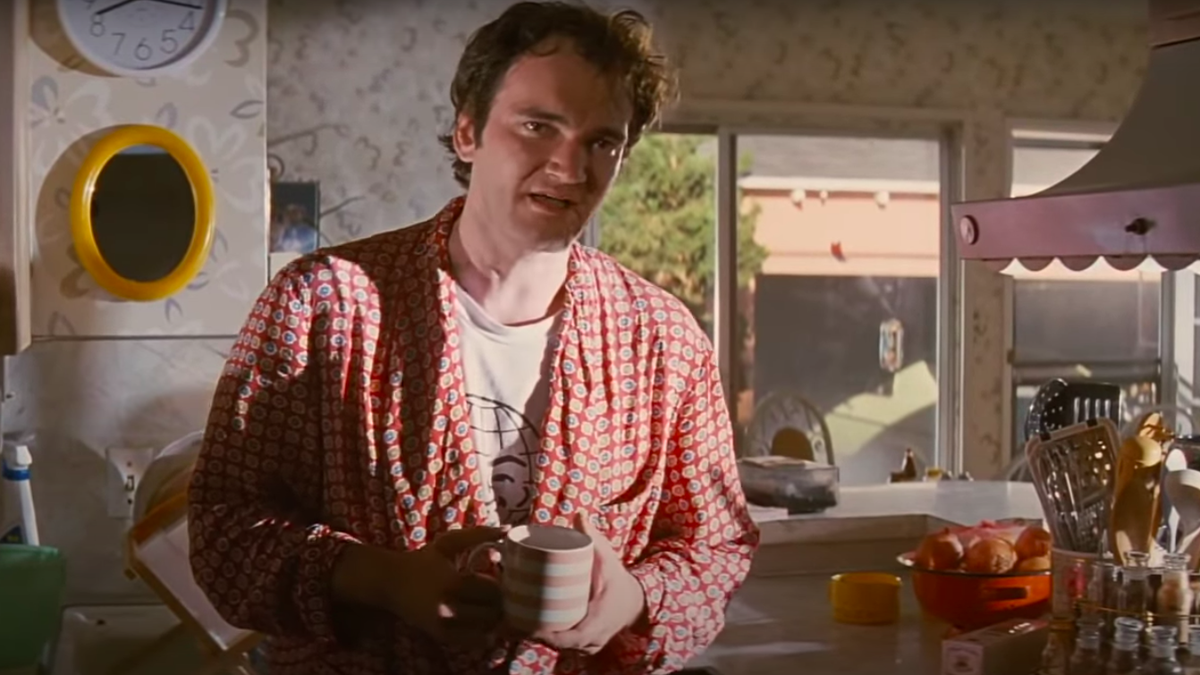 Quentin Tarantino in Pulp Fiction
Quentin Tarantino in Pulp Fiction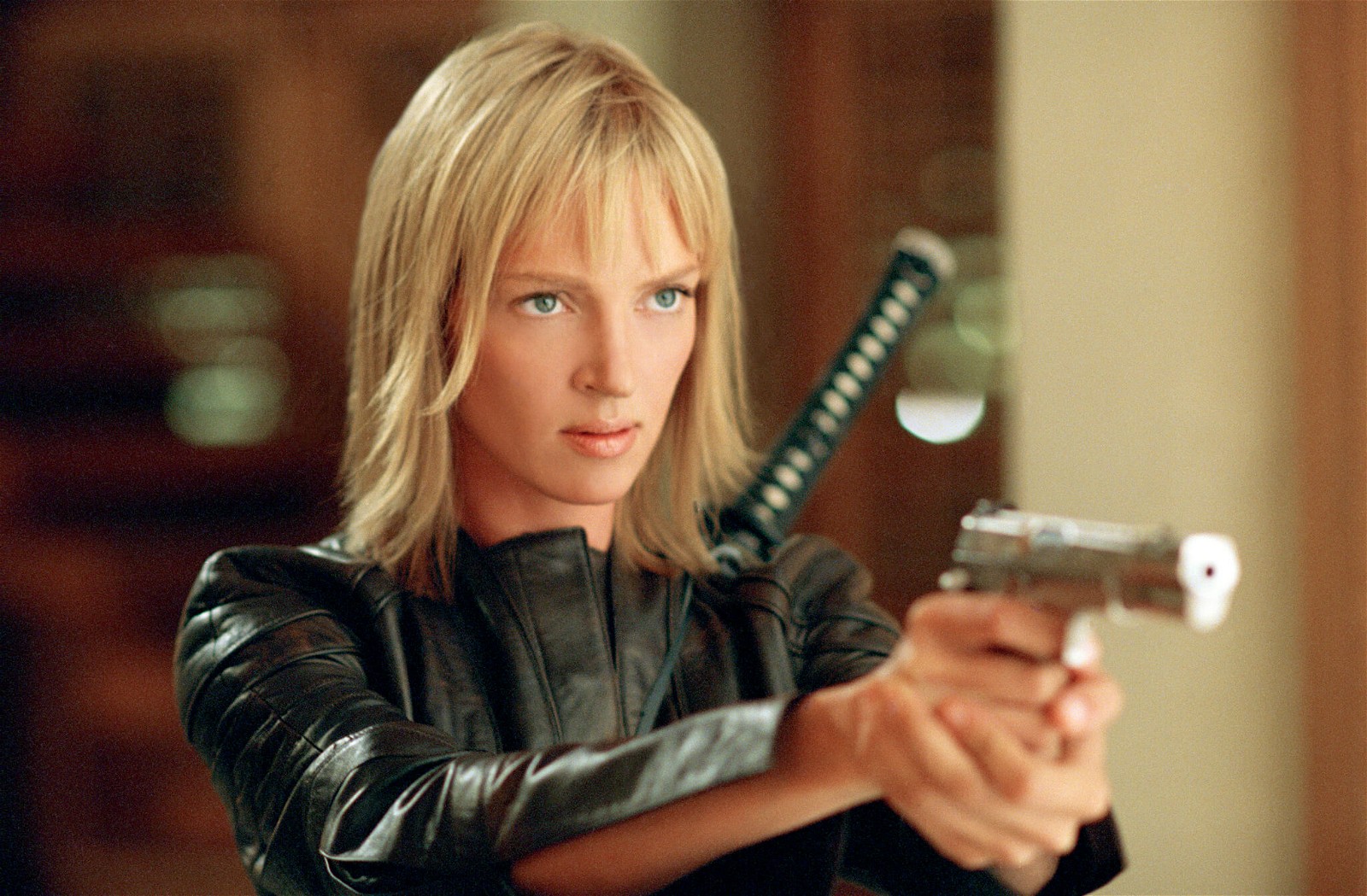 Uma Thurman in a still from Kill Bill: Volume 2 (2004)
Uma Thurman in a still from Kill Bill: Volume 2 (2004)
















